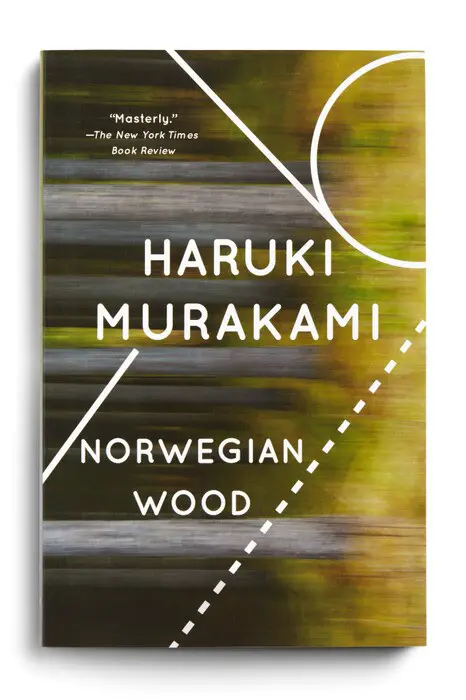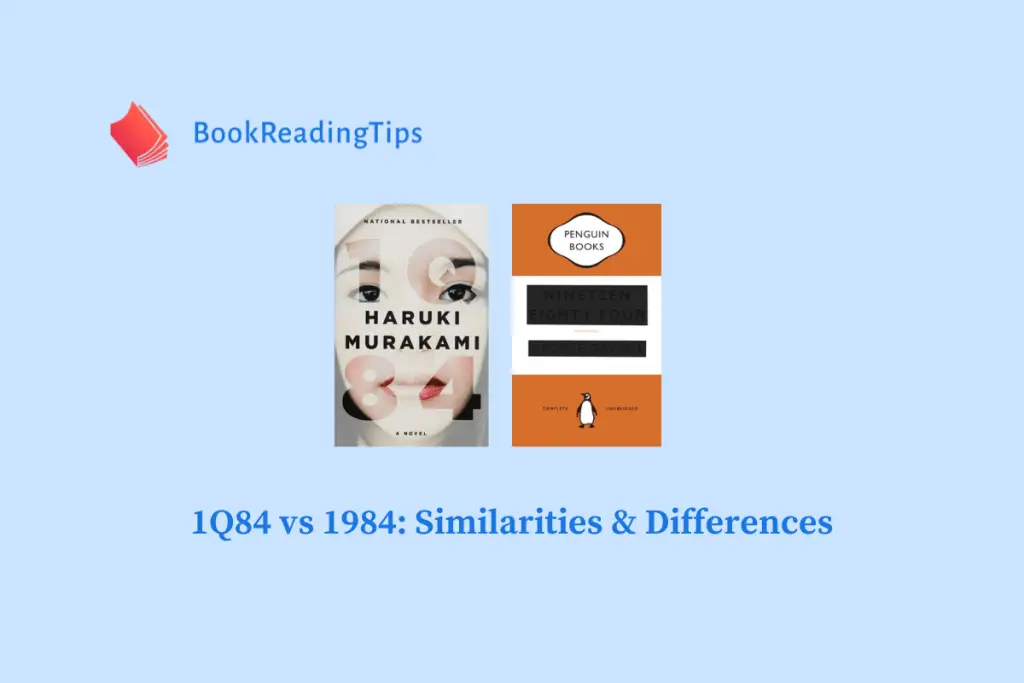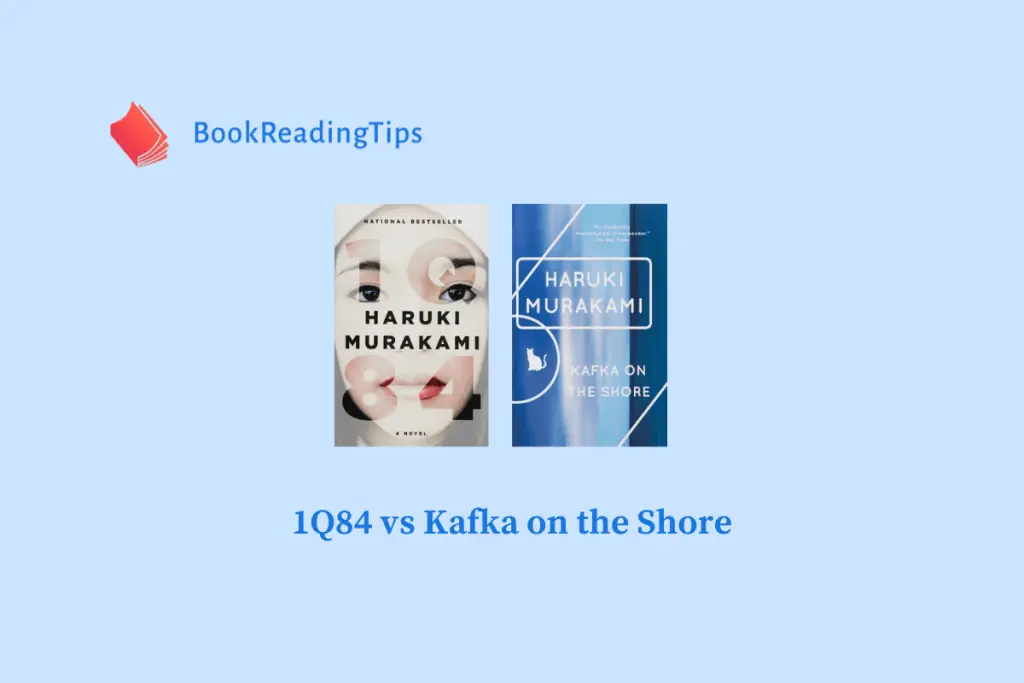Two of Haruki Murakami’s most popular works are The Norwegian Wood and Kafka on the Shore. If you had to choose one of the books to dive into his work, which one would you choose? Having read both books I know which book I would suggest.
You should read Kafka on the Shore before The Norwegian Woods because the former is a representative of most of Haruki Murakami’s work. Kafka demonstrates a blend of typical Murakami themes like magical realism, humor, suspense, etc. Norwegian Wood is one of his few works rooted in reality and it should not be read after Kafka.
In the rest of the article, we are going to look into Haruki Murakami’s best novels and a short introduction to each of them. We have also added a small introduction of the author at the end of the article.
Table of Contents
- Top 3 Haruki Murakami Books
- 1. Kafka on the Shore
- 2. Norwegian Wood
- 3. 1Q84
- Haruki Murakami Biography
- Conclusion
Top 3 Haruki Murakami Books
Haruki Murakami’s written many books over the years, which he also translated into English. Let’s compare and discuss his three most famous books— Kafka on the Shore, Norwegian Wood, and 1Q84.
1. Kafka on the Shore

Many writers and readers view Kafka on the Shore as one of Murakami’s best works. It makes you think and has an open ending. It’s a masterpiece, and its English translation is on the “10 Best Books of 2005” list that The New York Times releases yearly.
The “shore” in the book references the space between a person’s conscious and unconscious thoughts. There’s a lot of symbolism in the book that Murakami leaves up to the reader’s interpretation so that everyone might get something different from it. It’s a thoughtful, complex story that is sure to keep you engaged.
Out of the three, Kafka on the Shore is best for a reader who wants to do a deep dive into a story. The book’s overall mood is surreal, ominous, sinister, and perhaps a bit melancholic. However, the text’s tone is still casual, making it a very addictive read. You might often feel surprised at what the narrator describes to you.
The book’s central theme is “Mind vs. Body,” which you can see as the main character fights against his fate multiple times throughout the story. Now, how does that make Kafka on the Shore compare to Murakami’s other famous books?
2. Norwegian Wood

People who are feeling lonely or dealing with grief often relate the most to this Murakami book. Norwegian Wood uses many different tones throughout the book. It covers grief and loss, depression, and other heavy themes. The book’s central theme is “keep trying and keep living,” which is a bit different from the “Mind vs. body” themes in Kafka on the Shore.
Murakami had a strong influence from The Beatles, from whom he got the idea for the title, so a large amount of the tone and mood he pulled from their music and that era. The Beatles song also describes an affair, which comes up in the book.
Almost all of Norwegian Wood is a flashback, showing how the main character makes it through the story since he “keeps living.” There are also multiple flashbacks in Kafka on the Shore, but the whole story doesn’t take place in one.
Overall, Norwegian Wood is another excellent book that you should read. Much like Kafka on the Shore, Murakami describes memories in vivid detail. The pacing is also excellent, and the emotion that comes through these books is powerful.
3. 1Q84

Lastly, let’s cover 1Q84. The book’s mood is very tense, yet the tone is still casual as Murakami describes what’s happening to you. As the book progresses, it feels like the main character’s having a horrible dream, which can also sometimes apply to the main character in Kafka on the Shore. 1Q84 also delves into heavy themes of domestic violence, loneliness, and cults.
Much like in Kafka on the Shore, reality becomes warped in this book quickly. The main character struggles to see what’s real and false, much like the dreams and visions the main character experiences in Kafka. There are many alternate reality themes in both of the stories as well.
1Q84 is the most recent book of the three published by Murakami. Throughout all three of these books, Murakami uses a neutral tone, which is fun to read. As you start the next chapter, you won’t realize how much time has passed.
In short, 1Q84 is another additive book worth checking out if you enjoy this author. He uses a similar voice in all these books, describing memories, dreams, and unreality in outstanding detail, creating solid visuals for his readers.
Haruki Murakami Biography

Murakami was born on January 12, 1949. His parents were literary professors, so Murakami read many Western books from a very young age. He quickly discovered he loved them and read many classics of the time. He also listened to jazz music, impacting his career path and writing later in life. He would attend Waseda University and open a jazz bar called Peter Cat in Tokyo.
Murakami met his wife, Yoko, while in school. They connected through their love of music, and the two ran the jazz bar together for several years. During this time, Murakami realized he could write a novel while at a baseball game and promptly went home and got to work. He was 29 when he started writing fiction stories, and his first successful book was Norwegian Wood, which was released in 1986.
Today, he’s one of the best-selling authors in the world. However, his deep interest in Western culture has led Japan to refer to him as a “pop writer” and “un-Japanese.” Despite this, he’s won many awards for his novels and short stories.
Haruki Murakami has led a very interesting life. He also translates writing between English and Japanese when not working on a novel and loves to run marathons. Murakami says he never has problems with coming up with new ideas and has a strict schedule he sticks to every day: he wakes at 4 am, works for five hours, runs, and sleeps at 9 pm.
Conclusion
To summarize, many Haruki Murakami books have similar ideas and tones within them. Some of his most popular ones include Kafka on the Shore, Norwegian Wood, and 1Q84. These stories use his unique voice to describe dreams, memories, and alternate realities in great detail.
If you’re interested in his work, those three books are must-reads! You’re sure to enjoy comparing each story’s themes, messages, and overall moods with one another. His work is engaging and thought-provoking, making him one of the most well-known authors today.
(Featured image from harukimurakami.com)




